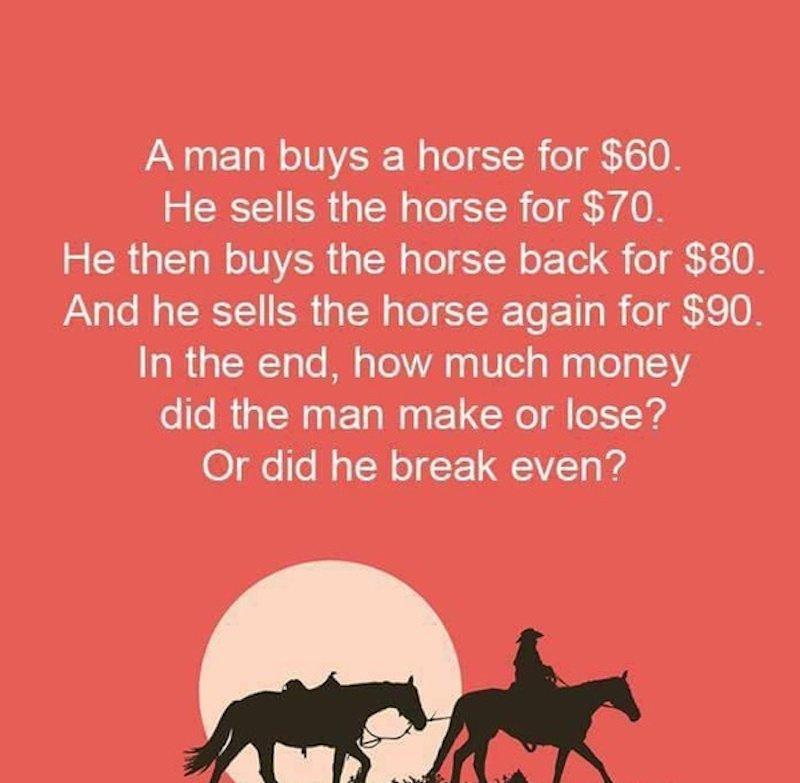This simple maths riddle is stumping the internet — see if you can solve it

Your support helps us to tell the story
From reproductive rights to climate change to Big Tech, The Independent is on the ground when the story is developing. Whether it's investigating the financials of Elon Musk's pro-Trump PAC or producing our latest documentary, 'The A Word', which shines a light on the American women fighting for reproductive rights, we know how important it is to parse out the facts from the messaging.
At such a critical moment in US history, we need reporters on the ground. Your donation allows us to keep sending journalists to speak to both sides of the story.
The Independent is trusted by Americans across the entire political spectrum. And unlike many other quality news outlets, we choose not to lock Americans out of our reporting and analysis with paywalls. We believe quality journalism should be available to everyone, paid for by those who can afford it.
Your support makes all the difference.There's another viral math question stumping the internet.
The riddle was shared on parenting website and forum Mumsnet, where it racked up nearly 500 comments with other users debating the answer.
The text of the math question reads as follows:
A man buys a horse for $60. He sells the horse for $70. He then buys the horse back for $80. And he sells the horse again for $90. In the end, how much money did the man make or lose? Or did he break even?
Answers in the Mumsnet thread ranged from making $10, $20 and even $30, to breaking even. So what's the solution?

What seems to be throwing people off is the fact that the man sells the horse for $70 and then buys it back for $80, making it look like he spent 10 more dollars. But the correct way to solve the problem is to think of the two transactions as separate: -60 + 70 = 10 and -80 + 90 = 10.
The man makes $10 with each sale, therefore he earns a total of $20.
Read more:
• How much the best paid workers in 20 professions earn
• Seven outdated men’s style ‘rules’ that you can now ignore
• 16 skills that are hard to learn but will pay off forever
Read the original article on Business Insider UK. © 2018. Follow Business Insider UK on Twitter.
Join our commenting forum
Join thought-provoking conversations, follow other Independent readers and see their replies
Comments